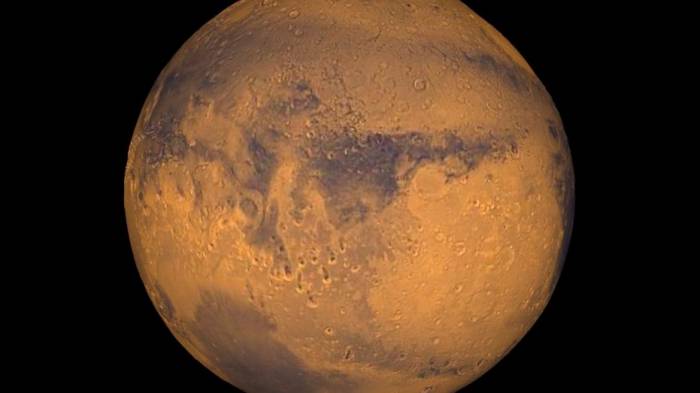The ancient rock, named “Sayh al Uhaymir 008,” or “SaU008,” was once part of one of a meteorite that landed on Earth after blowing off from Mars millions of years ago.
SaU008 was discovered in Oman in 1999 and is the only one of 200 similar rocks that’s strong enough to withstand the journey back home, according to NASA.
“Every year, we provide hundreds of meteorite specimens to scientists all over the world to for study,” Caroline Smith, the principal curator of meteorites at London’s Natural History Museum – which provided the rock, said in the press release. “This is a first for us: sending one of our samples back home for the benefit of science.”
The meteorite piece will head back to Mars as part of NASA’s Mars 2020 rover mission. Once it arrives, SaU008 will be blown to bits in order to calibrate a high-precision laser named ‘SHERLOC’ that will be positioned on the rover’s robotic arm.
SHERLOC is being designed to examine rock and chemical features as fine as human hair and will need something to help it get its bearings on the alien planet. In the past, NASA has used rocks, metals and pieces of glass to help adjust similar technology to its new martian surroundings.
But this time around, NASA thought it might be more effective to use something that already has the same composition as the planet SHERLOC is being designed to explore.
“We’re studying thing on such a fine scale that slight misalignments, caused by changes in temperature or even the rover settling into sand, can require us to correct our aim,” Luther Beegle, NASA’s principal investigator, said. “By studying how the instrument sees a fixed target, we can understand how it will see a piece of the Martian surface.”
Once the laser is adjusted, it will photograph rocks on Mars and use a UV light to analyze and search for signs of life.
More about: #Mars
















































